Ask Question
Asked
Modified 1 year, 11 months ago
Viewed 11k times
While changing my tires for the winter, I checked my tire pressure and it was low (30psi) compared to the car recommended pressure (35psi).
This made me curious as to what the minimum tire pressure is for my tires and I could not find it. I know that both under and over inflating tires is bad, but I was curious what would be considered the minimum is.
Nokian (My tire manufacturer) says the following:
The correct inflation pressure will be provided by your tire retailer; if not, refer to the vehicle decal.
These inflation pressures must be maintained as a minimum. However, do not exceed the maximum pressure rating indicated on the tire sidewall.
To my understanding, that means I should always stay between 35psi and the maximum rating. However, I also heard that this is the recommended pressure for the way the manufacturer wants the car to handle. (Can't remember where I read this, sorry)
Just how low can I go before I damage my tires from low pressure?
Edit:
It seems like the number in the door panel is the "minimum" according to current answers. Why is that the case, how does the weight of the car affect the minimum pressure for "all brand/models of tires"?
2
Year-round, you want to maintain your tires at the recommended tire pressure (COLD) for the stated vehicle load. For the most part, it is a fixed value to maintain (not a range from there to maximum) with the exception it can be increased (not to exceed maximum) if the load is increased.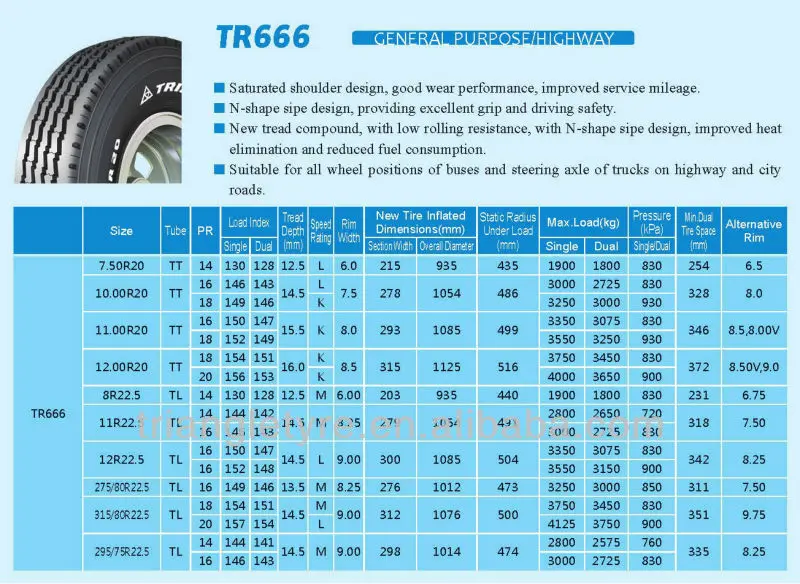
This value is normally on a tag found inside the driver side door frame or in the owner's manual.
OEM values provided are set to a value to provide the most comfortable ride under normal conditions with optimized handling. The MAX PSI on the tire's sidewall is the PSI that the tire will carry the most weight.
Under-inflated tires can damage the tires, lose traction, lower fuel economy, and in wet weather increase chance of hydroplaning.
It has been shown in testing that a higher number of blowouts occur in under-inflated tires than over-inflated ones.
Based on these factors, lowering the pressure below the automobiles manufactures designed value cannot be approached without CALCULATIONS based on tire design, vehicle weights, atmospheric and road conditions and expected use.
Doing so will present possible unsafe conditions. Again, it is safer to go higher than to reduce pressure.
Tire footprint and sidewall pressure needs to be set at an optimum profile for the tire. A tire that becomes under-inflated will roll too much into cornering wearing heavy on the sidewall. Under-inflation will cause cupping of the tire, leading to outer edge wear, shortening the tire's life. It presents a smaller surface footprint on the ground, reducing traction.
A tire that becomes under-inflated will roll too much into cornering wearing heavy on the sidewall. Under-inflation will cause cupping of the tire, leading to outer edge wear, shortening the tire's life. It presents a smaller surface footprint on the ground, reducing traction.
5
You can go as low as the minimum recommended pressure. Lower than that will start to damage the tire and increase wear.
Mac Demere of Popular Mechanics states;
Without proper air pressure, the internal components of the tire—fabric, steel, rubber, and composites—flex beyond their designed limits.
Tire pressure is important to maintain the shape of the tire under load. With improper pressure, the tire can not only wear unevenly, it can cause loss of traction.
Why Tire Pressure Matters
3
Here's my take on this.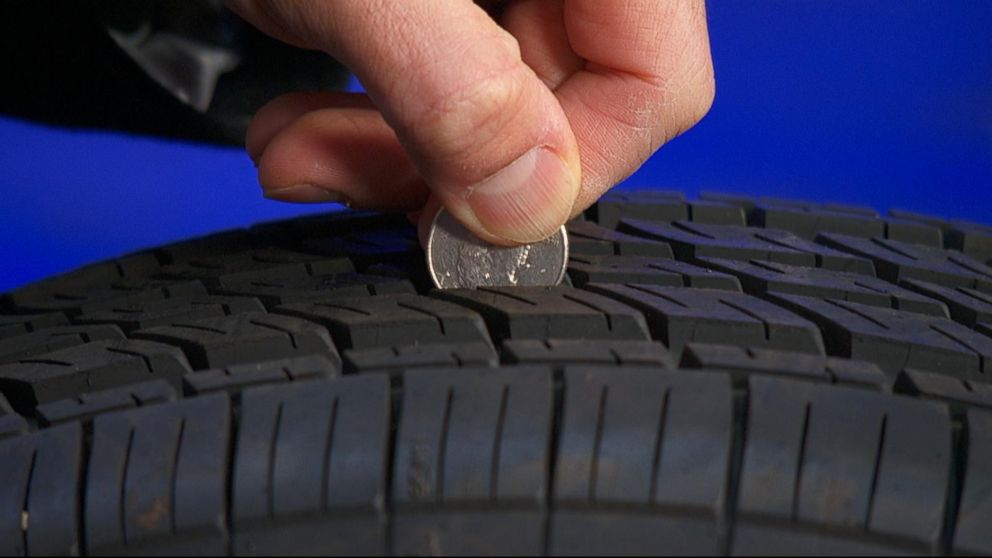 As @alephzero mentioned to support vehicle weight properly and not damage tires you need to maintain certain contact area which will guarantee correct tire profile. Let's consider Honda Civic which has a curb weight of 2800 lbs. Obviously manufacturer doesn't specify pressure as a function of load, so we can safely assume that recommended 30 PSI means full load, which for this car is 850 lbs, i.e. full weight is 3650 lbs. So if there are only two people in Civic, its weight would be around 2800 lbs + 400 lbs = 3200 lbs. Thus to maintain the same contact area we only need 30 * 3200 / 3650 = 26 PSI. Obviously weight may not be distributed 50/50, so 26 PSI is a bit optimistic, but in general if you only drive alone or with one passenger 26 PSI is enough (not that I recommend it though).
As @alephzero mentioned to support vehicle weight properly and not damage tires you need to maintain certain contact area which will guarantee correct tire profile. Let's consider Honda Civic which has a curb weight of 2800 lbs. Obviously manufacturer doesn't specify pressure as a function of load, so we can safely assume that recommended 30 PSI means full load, which for this car is 850 lbs, i.e. full weight is 3650 lbs. So if there are only two people in Civic, its weight would be around 2800 lbs + 400 lbs = 3200 lbs. Thus to maintain the same contact area we only need 30 * 3200 / 3650 = 26 PSI. Obviously weight may not be distributed 50/50, so 26 PSI is a bit optimistic, but in general if you only drive alone or with one passenger 26 PSI is enough (not that I recommend it though).
On the other hand if a tire is underinflated it will heat up fast because or extra flexing and pressure will rise, providing some negative feedback.
Useful pressure info should be printed on the side of the tire.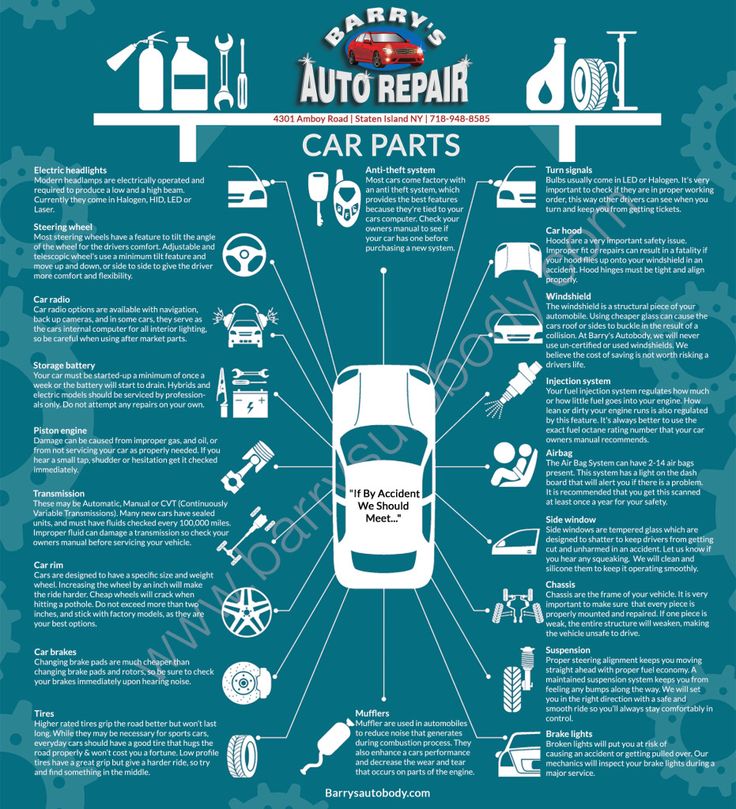
3
The sticker on the drivers' door will give you the proper tire pressures. It's not a matter of minimum versus maximum, but a matter of contact patch.
For instance, you may think that lowering the tire pressure when it rains would help, but it's the opposite that happens an you
The tire pressure that is indicated on the door is based on the stock tire size, so if you replace your tires with an identical size, just follow the recommended pressures (to be measured when the tires are cold)
The basic "mechanical engineering principle" behind tire pressures is fairly simple.
Ignoring the stiffness of the side walls, the air pressure in the tires has to support the full weight of the vehicle. The weight of the vehicle has to be balanced by the tire pressure, multiplied by the contact area between the tire and the ground.
If the pressure is lower than recommended, the contact area will be larger (that becomes very obvious when you have a completely deflated tire!). The increased area will affect the sideways friction force on the tires when the vehicle is cornering, increase the amount of flexing of the tire tread as the wheels revolve (because of the "flat spot" in contact with the ground), and tend to increase the load through the side walls, which causes more flexing of the walls and potentially more damage to them.
The increased area will affect the sideways friction force on the tires when the vehicle is cornering, increase the amount of flexing of the tire tread as the wheels revolve (because of the "flat spot" in contact with the ground), and tend to increase the load through the side walls, which causes more flexing of the walls and potentially more damage to them.
On the other hand if the pressure is too high, the contact area with the road will be reduced, which makes it more likely that the tires will start to slide when cornering or braking.
The "minimum pressure" will probably correspond to an the design conditions for an unladen vehicle, and the pressures should be increased as the amount of load increases - that factor is obviously is more significant for a truck than for a compact passenger car.
Higher pressures increase the tension around the circumference of the tire, which resists the air pressure inside. The maximum pressure will correspond to the safe limit for that tension, before the structure of the tire is damaged - this is the same basic reason as the maximum pressure limit for a metal compressed air tank.
The tire pressure also affects the stiffness of the tire in resisting changes in vertical loads caused by bumps in the road. The stiffness will affect the behaviour of the vehicle suspension, and therefore affect the handling.
Table of contents
[hide]
Low-profile tires are typically used on sports cars, luxury sedans, and some crossover vehicles. They offer a sleek design with reduced drag for better fuel economy. But, do you know what pressure they should be set to? Low-profile tires are often used on cars that have been lowered or have giant rims for extra performance. However, these types of vehicles require more caution when driving because they are more susceptible to hydroplaning and other related problems. Here is some information about the air pressure of low-profile tires that might help you decide before your next purchase.
Usually, low-profile tires are filled at pressures near one bar or 14. 5 psi. This is because the sidewalls are thinner than traditional tires and cannot hold up against higher pressure.
5 psi. This is because the sidewalls are thinner than traditional tires and cannot hold up against higher pressure.
The lower profile of these tires decreases their durability, which raises the likelihood of being overinflated. However, low-profile tires have become more supportive in recent years with added puncture protection and stiffer constructions.
Inflating a low-profile tire at 14.5 psiLow-profile tire manufacturers need to note that they are not built to be driven on with zero air pressure at all times, especially when your vehicle is not in motion. Flats frequently occur when running this type of tire underinflated because they are always fully supported by the road surface when stationary, causing them to lose air pressure.
Many consumers ask this question. The answer is NO! Low-profile tires are not more expensive than traditional, high-profile tires even though they come with added perks like increased fuel economy and easy installation.
You can expect to pay around $350 for four low-profile tires installed on your vehicle at most tire shops. A set of four regular, high-performance tires will typically cost about $300-$500.
If you find yourself paying more for low-profile tires over time because they wear out faster or cannot be rotated, make sure you replace them in pairs so that the front and backside wear evenly.
Many people believe that low-profile tires are more expensive than regular tires, but this is not always the case. For example, while some low-profile tires may be more expensive than other tires, many low-profile tire options are available at discount prices.
However, if you notice that you’re paying more for low-profile tires in the long term because they wear out faster or cannot be rotated, it’s important to buy these types of tires in pairs so that you always have a new tire on either side.
Having two new low profile tires instead of one old and one new will cost just as much as having two brand new standard size tires.
Low-profile tires might be aesthetically pleasing, but there are some disadvantages that car owners should consider before purchasing these types of tires.
This question is difficult to answer because so many factors play into the noise levels of low-profile tires. Vehicle speed, tire style, where you purchase your tires, and what kind of wheel design your car uses all contribute to how noisy your new low-profile tires will be.
The best way to find out if these types of tires are loud enough for you is to drive on them for a few days before deciding. If possible, take turns driving with another vehicle that has regular high-profile tires to compare sound levels.
However, low-profile tires tend to be noisier than standard high-profile tires due to the extra material required at the sidewall and the thinner, less supple rubber. If you choose low-profile tires for your car, expect a slightly higher noise level when driving on them than high-profile tires.
This is especially true on wet roads with more tire-road friction, but this will not always be the case.
Low-profile tires do not necessarily wear out faster than high-profile tires. Like any other type of tire on the market, low profile tires will experience various levels of wear depending upon several factors, including how you drive, where you drive, and what types of roads you use most often.
Tire models can also play a role in determining tread life, especially if your new low-profile tires are higher quality and more expensive, to begin with. This is why it’s extremely important to get the proper tire rotation schedule and air pressure maintenance for your low-profile tires if you want them to last as long as possible.
If a car has a sportier driving style or is used for professional purposes like racing, riding on worn-out low-profile tires could pose a safety hazard if the sidewalls collapse while driving at high speeds or cornering too sharply. Low-profile tires offer less grip because their sidewalls sometimes flex under pressure, leading to a loss of control on certain surfaces.
This is especially true in colder weather when the tires are stiffer and have a higher risk of spinning out because there is less rubber in contact with the road.
However, many professional sports cars and racing vehicles use low-profile tires because they offer better fuel economy, maneuverability, and lower weight than standard high-performance tires.
The answer depends on the tire’s age, how much tread remains, and what type of driving you can do. Many people choose to replace their tires when they are between five and eight years old, but it is best to check your owner’s manual for your vehicle manufacturer’s recommendations.
The tire rotation schedule will also play a role in determining when you need new low-profile tires. If you maintain proper air pressure and do not drive on worn-out or mismatched tires, then a replacement can wait until there is an emergency like losing a tire while traveling down the road.
Depending on the usage of the car, most low-profile tires do not need to be replaced as often as standard high-profile tires.
However, low-profile tires can still experience tread separation and road damage due to extensive use, which will lead to the need for a tire replacement sooner rather than later.
For example, low-profile tires may last longer for cars that are not driven on rough surfaces more often.
In contrast, high-performance vehicles that drive on narrow roads at high speeds will experience sidewall damage due to the frequent pressure applied by turning or cornering.
Yes, if you do not rotate and balance them properly on a regular basis. If your low-profile tires are worn out more than halfway and need to be replaced, then they will affect the responsiveness of your steering wheel and lead to over-correction during sharp turns.
This is because the car’s turning radius is wider due to less tread covering the tire and more of it resting on the sidewalls – which will feel squirmy as you drive.
Low-profile tires also have less grip on wet or snow-covered roads compared to high-performance standard tires due to the higher risk of hydroplaning (i.e., loss of control while driving through standing water).
Low-profile tires can also make your steering feel slightly stiffer if there is less rubber on the road as a result of wear and tear. This is why many people choose to rotate their low-profile tires around every 5,000 miles or six months, even if they are not experiencing uneven tread wear.
Tire models with deep grooves running across them may also require extra routine rotations for your vehicle’s steering system to maintain optimal performance and grip levels.
If you notice any significant change in the responsiveness of your car steering over time, then it means it’s time to have the tires balanced and rotated.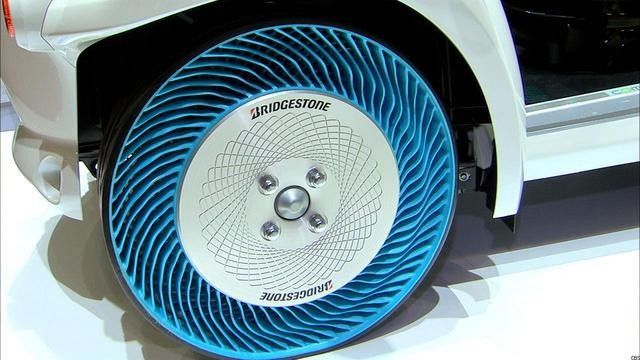
No, low-profile tires are more likely to drive better in snowy or icy conditions than high-performance standard tires because they have less surface area on the road.
Snow buildup on the sidewalls of your car’s wheels can also prevent you from making a turn while driving at slow speeds.
This is one reason why some people choose to install winter/snow tires on their vehicles, even if they have four standard all-season tires installed.
Low-profile tire models with deep grooves running across them are particularly good for traveling through wet conditions and light snow but may not give you enough traction when traveling up steep hills or mountains during ice storms.
If this applies to you, then it would be best to switch over automatically to all-season or winter tires at the first sign of snow or ice buildup.
Most low-profile tire models are not designed for heavy snowfall or freezing temperatures because their tread patterns lack deep grooves that help channel water away from the wheel’s surface.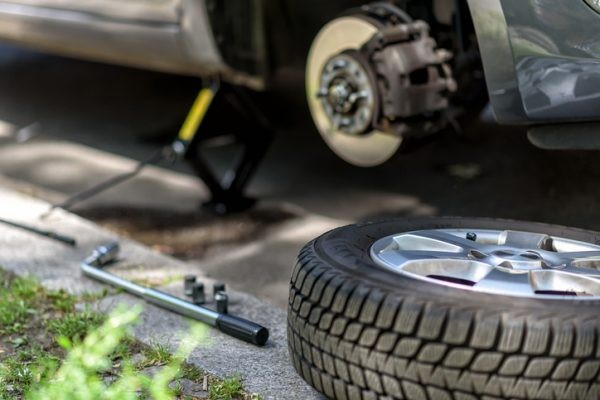
The risk of hydroplaning is also higher with most OEM low-profile tire models if they are not used regularly, which will lead to even less grip on the road than standard high-performance tires.
Some people prefer classic tires with a standard profile, while others prefer narrow-profile tires. What justifies the choice of low profile rubber, what features does this type of tuning have, what advantages and disadvantages can be identified? We talk about all this in detail in the article.
To determine whether a tire has a low or standard profile, it is necessary to measure three parameters - the height, the width of the profile, and the diameter of the disk itself. The complexity of the selection of tires lies in the fact that these parameters are interconnected. That is, by changing one value, it is necessary to adjust other values according to the manufacturer's recommendations. nine0003
nine0003
The calculation formula is: Height/Width * 100%.
The values obtained show the relationship between the two quantities, but are not the absolute result of the calculations. That is, when choosing tires for an off-road vehicle, we can only say with certainty that the sidewall height of 205/55 R17 will be lower than that of 225/55 R17.
What is narrow profile tyre? This is a tire in which the height of the sidewalls, when measured from the roadway to the disk, has a minimum value in relation to the width. nine0003
Narrow profile tires differ even in appearance from classic tires. To find out the main parameters, you need to look at the side surface, where a special marking is applied. For example, consider the standard tire marking 205/55 R17:
 In our case, the height is 205 * 0.55 = 112.75 mm; nine0024
In our case, the height is 205 * 0.55 = 112.75 mm; nine0024 Low profile tires have a height to width ratio of 0.55 or less. In the above example, the tire marking is already considered narrow-profile. It is allowed to lower the profile as much as possible to a ratio of height and width of 0.2.
Low-profile wheels also differ in the index of permissible speed. This value is indicated in the marking on the sidewall. If standard tires have a limit of 190 km / h, then narrow-profile - 210 km / h. In such tires, the presence of a stiffener is mandatory, which protects the car disk from deformation.
As a rule, such tires are installed on a car to improve sports performance. The car moves faster, improves dry grip. In addition, a narrow profile is used for tuning cars.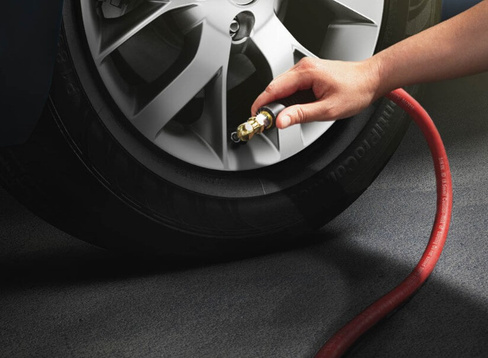 If you want to change your car and highlight it from the same type of flow, then this is one of the possible solutions. nine0003
If you want to change your car and highlight it from the same type of flow, then this is one of the possible solutions. nine0003
As for the proper operation of such rubber, drivers have a lot of questions. For example, what pressure should be in low profile tires? In many tire services, they simply do not know how to pump low-profile tires and, in order to be safe, they make tire pressures of 2.1-2.2 atm. As a result, the car drives on half-flat tires.
On average, it is recommended to pump at least 2.6 atm into tires for passenger cars. Depending on the parameters of the tire, the pressure of off-road tires can be 2.7-2.9atm.
Another common question is low-profile winter tires. Is it possible to use such rubber in winter or is it better to put the standard one? Winter tires differ from summer tires in the material of manufacture (softer), the presence of spikes, and the tread pattern. Accordingly, a narrow-profile tire is not suitable for driving in ice, heavy snow or on uneven and slippery roads. The wheels simply will not withstand the "surprises" of winter, and any unevenness will be given into the hands of the driver. nine0003
The wheels simply will not withstand the "surprises" of winter, and any unevenness will be given into the hands of the driver. nine0003
Low-profile off-road tires are on sale, and manufacturers also produce winter off-road tires. In any case, you should carefully consider the choice of such tires for operation in winter or in difficult road conditions.
Summer Drive Protection Run On Flat
Rating:
4.5
Tires Goodyear Eagle F1 Asymmetric
Summer Drive Protection
Rating:
4.5
Tires Goodyear Eagle Sport TZ
Summer Drive Protection Run On Flat
Rating:
4.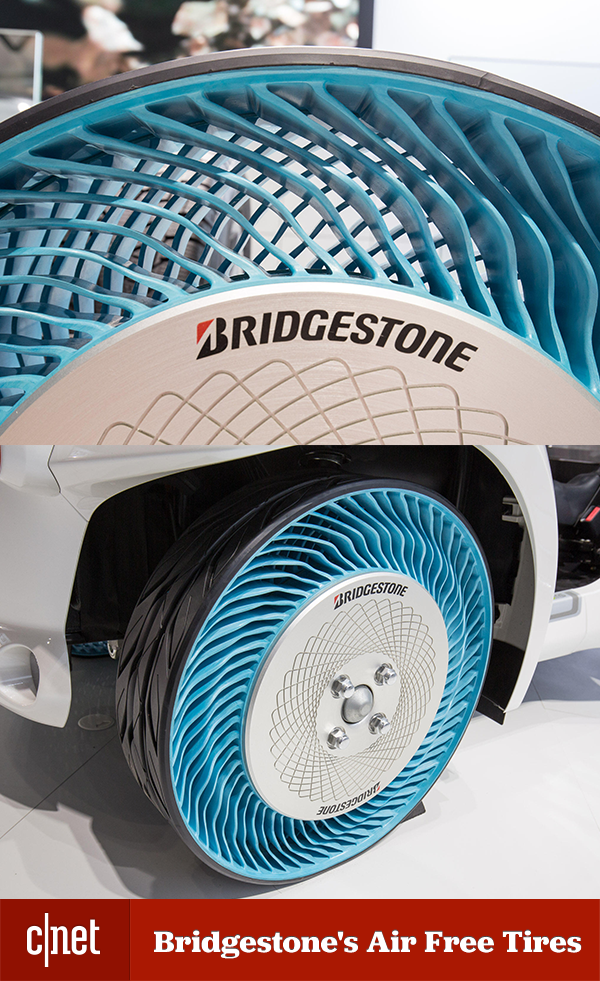 5
5
Tires Goodyear EfficientGrip Performance
Summer Drive Protection
Rating:
5
Tires Goodyear EfficientGrip Performance 2
All season Drive Protection Run On Flat
Rating:
4.5
Tires Goodyear Vector 4Seasons Gen-2
All season Drive Protection Run On Flat
Rating:
4.5
Tires Goodyear Vector 4Seasons Gen-3
Tires Goodyear UltraGrip Arctic 2
Winter Drive Protection Run On Flat Sound Comfort
Tires Goodyear UltraGrip Performance+
Winter Drive Protection
Tires Goodyear UltraGrip Ice 2+
Consider a few of the main advantages of rubber with a narrow profile:
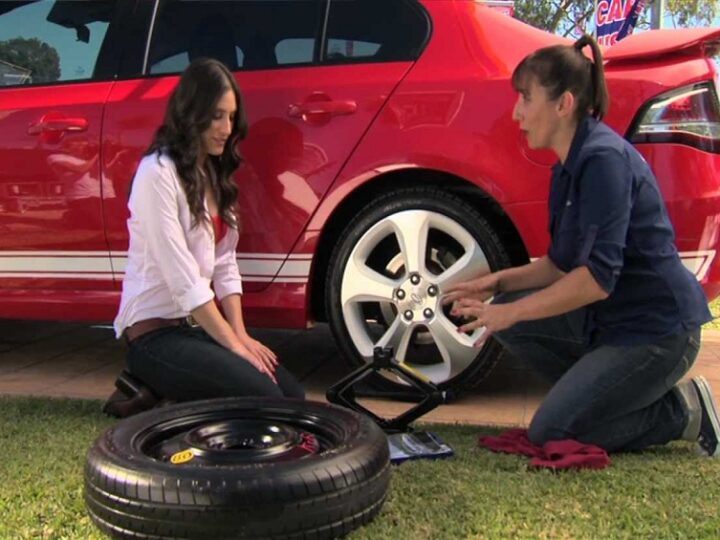
In addition to the advantages, tires with such a profile have a number of disadvantages. Consider the main ones: nine0003
It is necessary to highlight such a minus - the complexity of installation. It is impossible to install tires on your own. At least special equipment is required, but not all workshops have it. Also, the tire design itself adds a “smut” when choosing wheels. Often, tires simply do not meet factory requirements.
We examined what a narrow profile tire is. We learned what it is used for, studied the features of operation in summer and winter, determined how much atmosphere should be pumped into the tire.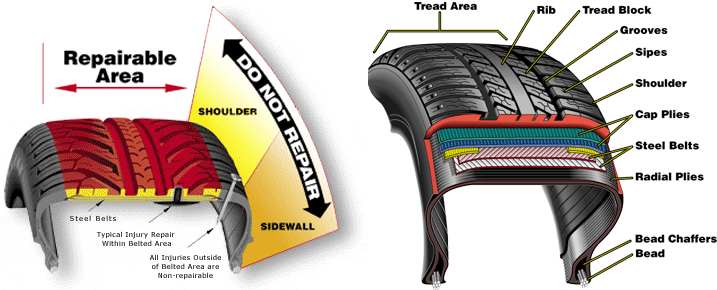 Finally, we got acquainted with the main advantages and disadvantages of tires. nine0003
Finally, we got acquainted with the main advantages and disadvantages of tires. nine0003
Written by: Goodyear Team
Car wheels are the first thing that comes to mind in the context of visual tuning. Not every car will be better after installing a tailgate spoiler. And big, uniquely patterned rims will always come in handy, whether it's a flashy Japanese coupe or a sleek sports sedan. However, larger discs take up more space in the wheel arch. Therefore, they are combined with tires whose profile is lower than originally. How to recognize low profile tires and how do they affect the driving experience? nine0003
Low profile tires are models offered in relatively low sidewall sizes. Relative - because its height is calculated in relation to its width. The low profile is usually paired with a wide tread. Various vehicle models are adapted to work with different wheel sizes, giving users the choice between high profile or low profile tires.
For example, some versions of the BMW 3 Series initially use tires 205/60 R16 . These are definitely not low profile tires. The height of the sidewall in this case is 60% of 205 mm, i.e. 123 mm. Optionally, this model of the Bavarian brand can be equipped with wheels with low-profile tires in size 225/45 R18. To do this, the sidewall, that is, the profile of the tire, is reduced to about 100 mm.
The BMW 3 Series is also designed to be driven on a wheel set with front tires 225/35 R20 and rear tires 255/30 R20. Then the sidewall of the front tires is 79 lessmm, and the rear is already 76.5 mm! And we talk about the same car all the time.
It goes without saying that the car will look much better on large rims with low profile tires. However, appearance is not everything. The behavior of the car on the road will also change. However, before we analyze the advantages and disadvantages of low profile tires, it's worth asking: "Where does this low profile actually start?"
Currently, low profile tires can be classified as models with a profile of less than 50% of the tread width. However, 40-50 years ago, even a profile of 80% of the width was perceived as low. Therefore, low profile tires for everyday use have a profile height of 35-45% of the tread width. This does not mean that you cannot "lower" the profile even lower.
However, 40-50 years ago, even a profile of 80% of the width was perceived as low. Therefore, low profile tires for everyday use have a profile height of 35-45% of the tread width. This does not mean that you cannot "lower" the profile even lower.
The European Tire and Rim Technical Organization (ETRTO) adopted a standard in 2009 that the minimum possible tire profile is 20% of the width. It was size 375/20 R21. nine0003
The Americans did not attach much importance to European standards and in the same year the Nexen N3000 tire was presented at the SEMA tuning fair in size 365/15 ZR24. Kumho Tire has also prepared a 15% profile tire, the Ecsta SPT KU31 385/15 ZR22. It is easy to calculate that the profile of the Nexen model is less than 55 mm. Kumho's profile isn't as drastically lowered, but its height at 57.75mm isn't much higher.
It's not just the look of the car that benefits from low profile tires. Driving performance will also be improved. nine0003
nine0003
As mentioned earlier, a low tire profile is combined with a wide tread. This, in turn, results in an increase in the contact area with the road and hence better contact with the road. The lower profile also improves stiffness. The low profile is not as prone to bending and deformation under the influence of overloads. As a result, it will transfer power more efficiently and maintain the 's better stability when cornering aggressively.
Thus, the advantages of low profile tires are better appearance and improved driving performance. Improved cornering stability, greater confidence when driving at high speeds and improved appearance are features that are certainly desirable for owners of performance cars with sporty driving characteristics.
However, low profile tires are not the ideal solution - there are some inconveniences to consider when fitting them to your vehicle. nine0003
nine0003
After switching to low-profile tires, you will feel a drop in driving comfort after the first trip. The lower profile does not bend as much as the high profile, which, on the one hand, improves driving performance, and on the other hand, reduces the damping of bumps. Driving comfort is bound to suffer after a radical lowering of the profile.
Lower tires also mean more risk of rim damage. Potholes in the road, high curbs and other such factors make it easier to access the rim surface. The likelihood of rim chafing when hitting a curb on low profile tires is higher. Also, a low profile tire is more effective at absorbing potholes, which, combined with the low profile and high speed, can easily cause the rim to bend or even crack. nine0003
The safety level of low profile wheels can be increased by using tire models equipped with protective lip . This element is often found in low-profile tires, but this significantly increases the price and does not provide 100% protection against damage, but only reduces their likelihood.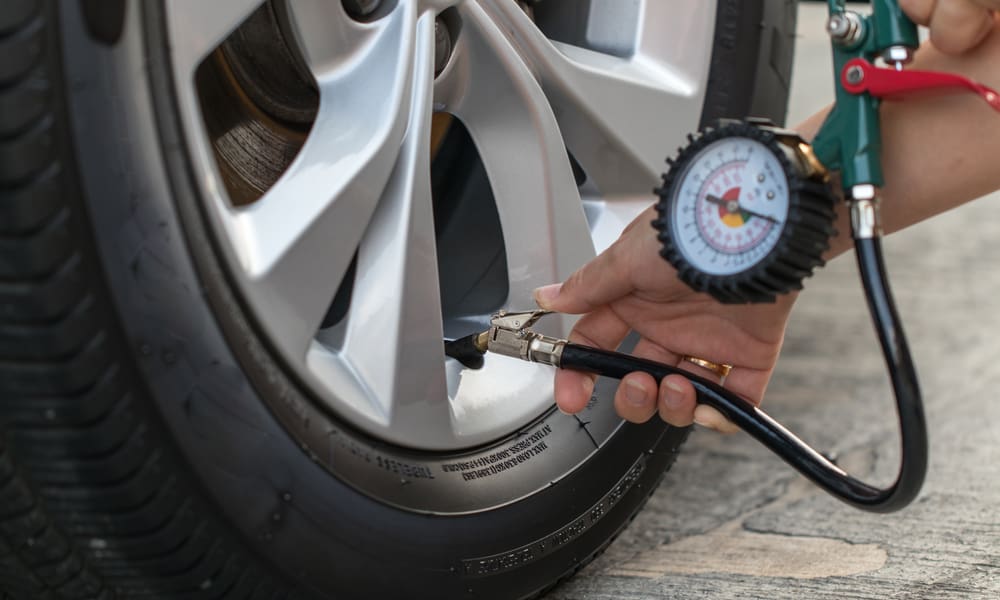
Low profile tires also accelerate wear on suspension components that have to work harder. The levers and shock absorbers should take on some of the work that the high sidewall does on big profile tires. nine0003
When changing tires to low profile tires, remember to adapt the vehicle to the changes. In order for the speedometer to show the correct speed, may need to be coded into the new tire size in the car's on-board computer. When changing the wheel height by 5 mm or more, it is also necessary to correct the headlight adjustment.
Vehicle manufacturers specify the appropriate low profile tire sizes and pressures to be used. To maintain high driving performance and an adequate level of safety, it is necessary to maintain the correct tire pressure. When pressure is lost, low profile tires will not flex like high profile tires. In such a situation, even significant air losses in the wheel will be difficult to see "by eye".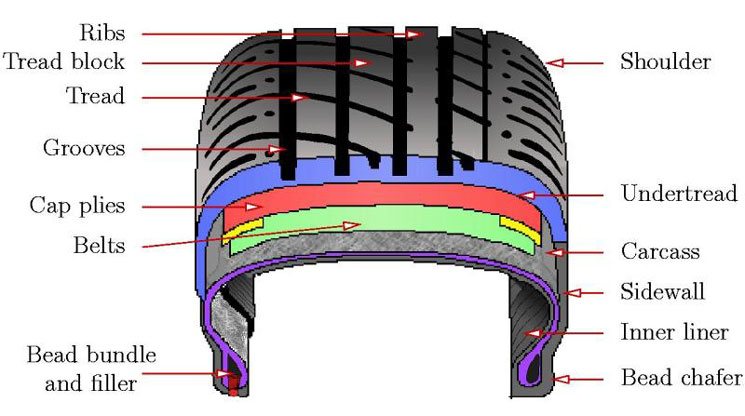 Therefore, when driving with low profile tires should check the pressure more often .
Therefore, when driving with low profile tires should check the pressure more often .
Tire manufacturers recommend checking the pressure of every 2-4 weeks . When driving on low-profile tires, it is better to observe a shorter time interval and drive up to the compressor twice a month. The pressure should also be checked before any long trip or driving with more load than usual.
First of all, you need to make sure that the tire size corresponds to that specified by the manufacturer. If there are also low-profile variations in the list of sizes that fit our vehicle, you should base your decision on the advantages and disadvantages of this solution and your driving style. nine0003
Calm riders who don't drive particularly fast and aggressively and value comfort on the road, should not opt for the low-profile tyre. Due to this style of driving, the advantages of a low sidewall will not be used, and the disadvantages will still show up.